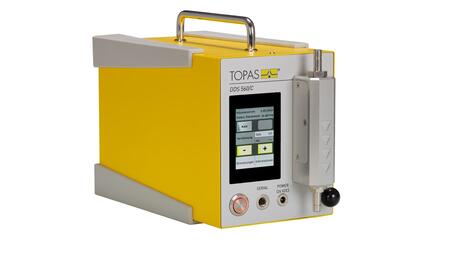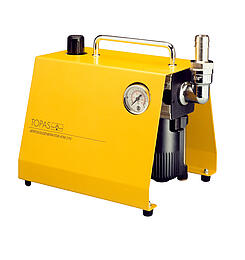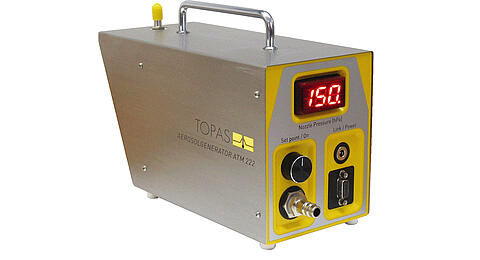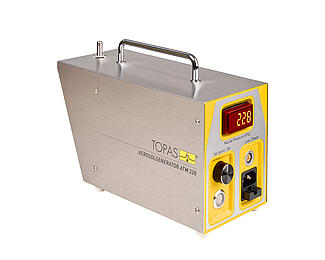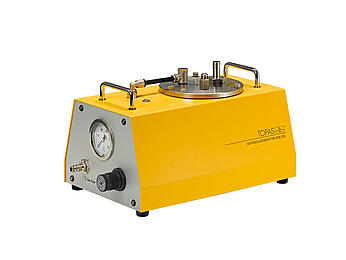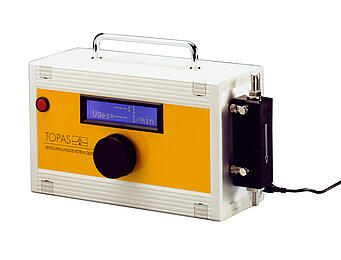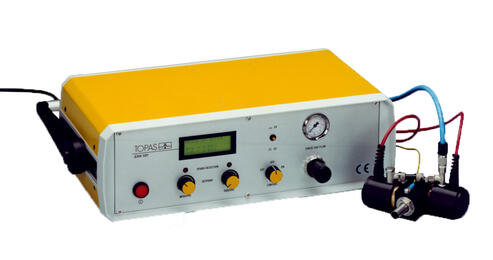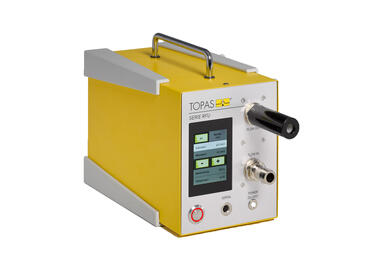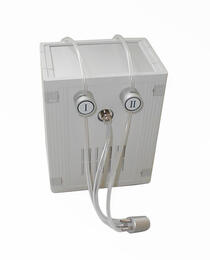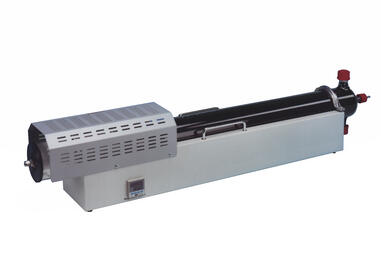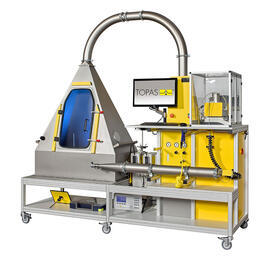Reliable technology for a wide range of applications
Whether vehicle components, hoovers, room air cleaners, or coated surfaces – when it comes to equipment testing, we are a reliable partner for manufacturers of industrial technology, of research institutes, or of engineering offices in a wide range of areas.
We offer the equipment for testing the emission behaviour of hoovers with both standardised and non-standardised procedures. With the VCT 121 hoover emission/filtration test system and our SAG 410 series aerosol generators, complete appliances can be tested (according to EN 60312). Manufacturers of hoovers can use the hoover filtration test rig not only to complete various quality tests (filter test, dust emission test, dust retention capacity), but also drive their own product developments.
With our mobile aerosol generators of the ATM series, aerosols are generated from liquids, such as DEHS. This enables our customers to carry out precise smoke detector tests, both during production testing and in the installed state.
For PM sensors which are now in wide use, we offer the AFC 135, a reference calibration test stand specially configured for this application. Here, the aerosol generator ATM 222 is used for the stable generation of the lowest reference particle concentrations and the LAP 323 as a number-based reference measuring system for sensors with number methodology.
With dust generators of the SAG 410 series, mechanically moved devices and components can be tested for their dust retention or wear resistance.
In general, our SAG 410 dust generators and aerosol generators of the series ATM are used for the impingement and coating of partially functionalised surfaces. This applies equally to droplet and solid aerosols. The goal here is to investigate the change in product properties due to altered surface properties.
A special cooperation project concerns the soiling of solar cells. In the test chamber of the CST 117 Soiling Tester, individual solar cell sections and cyclically dusted. The aim is to be able to evaluate the decrease in electrical power output depending on the degree of soiling and, in the future, also the cleanability in dependence on the solar cell coatings used, in order to ultimately optimise the coating of solar cells in this respect.
The US National Aeronautics and Space Administration (NASA) is conducting studies on the suitability of construction materials for use in space and on the performance of solar collectors. For this purpose, NASA operates solid aerosol generators and dust generators of the series SAG in combination with lunar dust surrogates.

